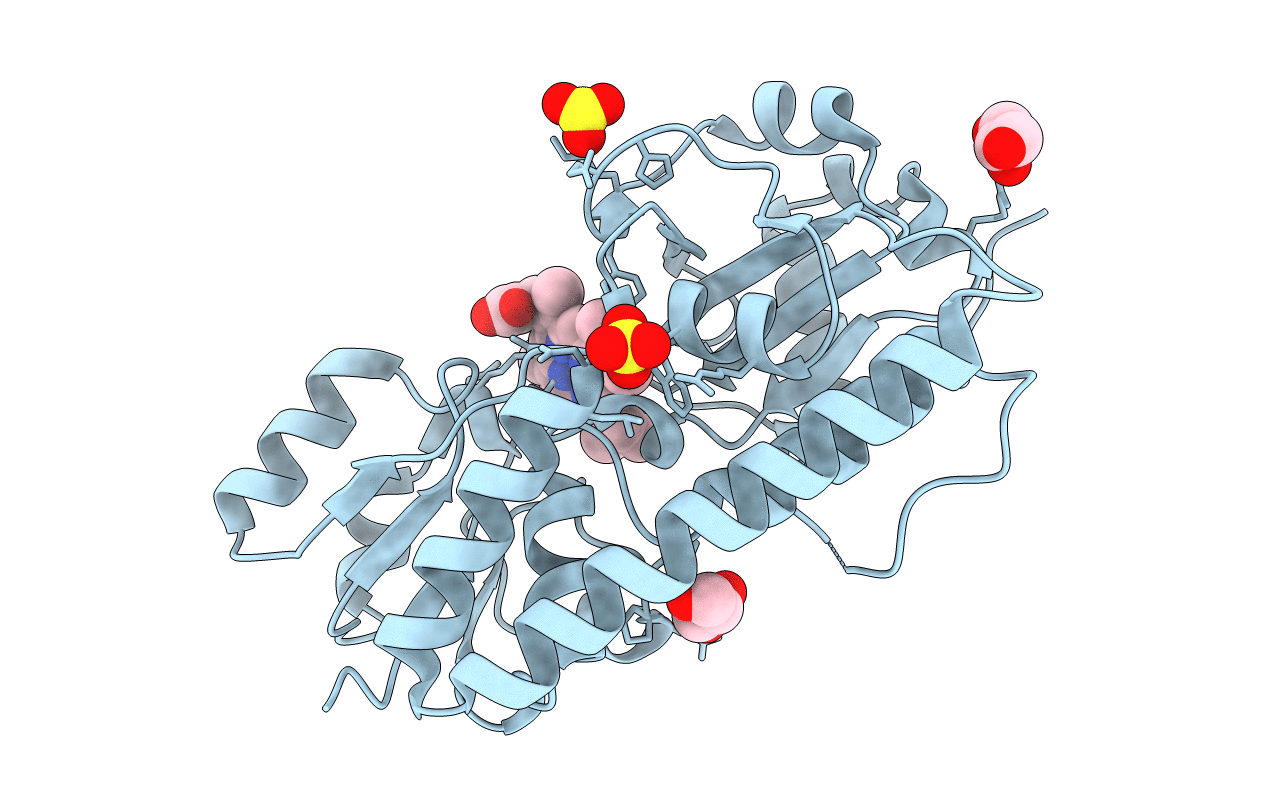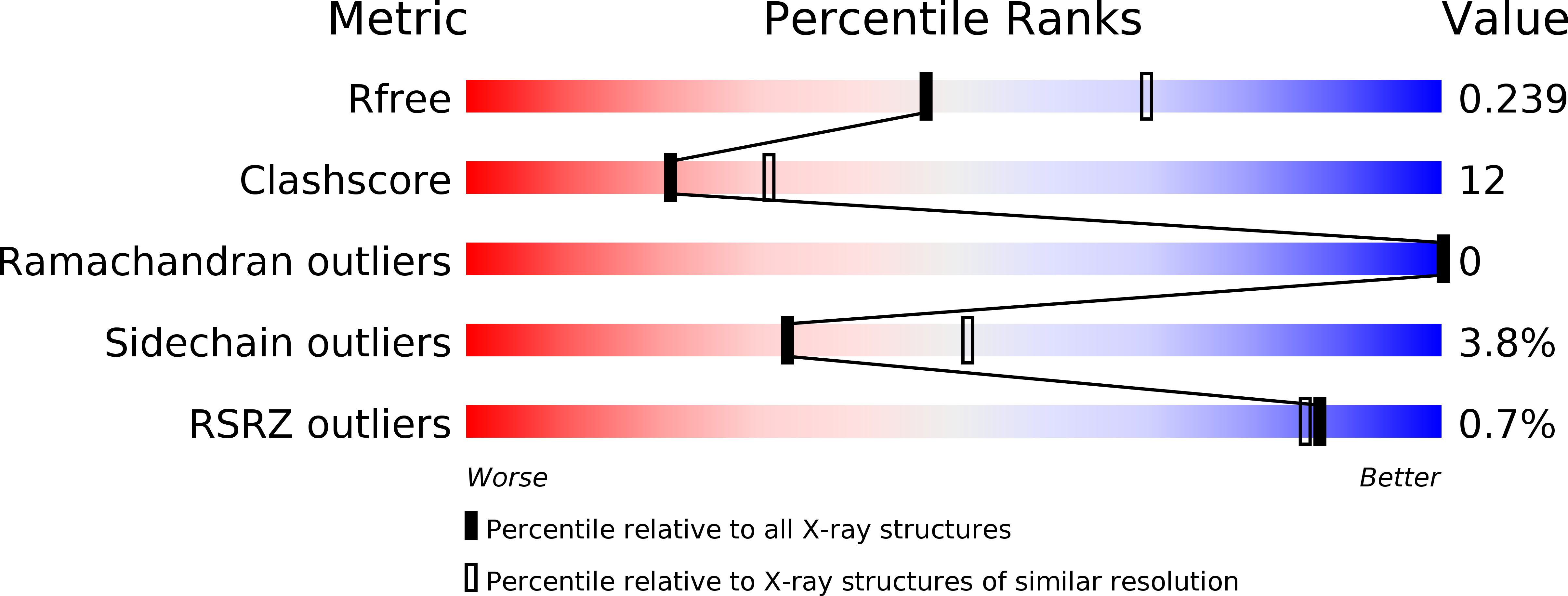
Deposition Date
2007-09-07
Release Date
2007-10-09
Last Version Date
2024-02-21
Entry Detail
PDB ID:
2R79
Keywords:
Title:
Crystal Structure of a Periplasmic Heme Binding Protein from Pseudomonas aeruginosa
Biological Source:
Source Organism:
Pseudomonas aeruginosa (Taxon ID: 287)
Host Organism:
Method Details:
Experimental Method:
Resolution:
2.40 Å
R-Value Free:
0.24
R-Value Work:
0.19
R-Value Observed:
0.19
Space Group:
P 63 2 2


